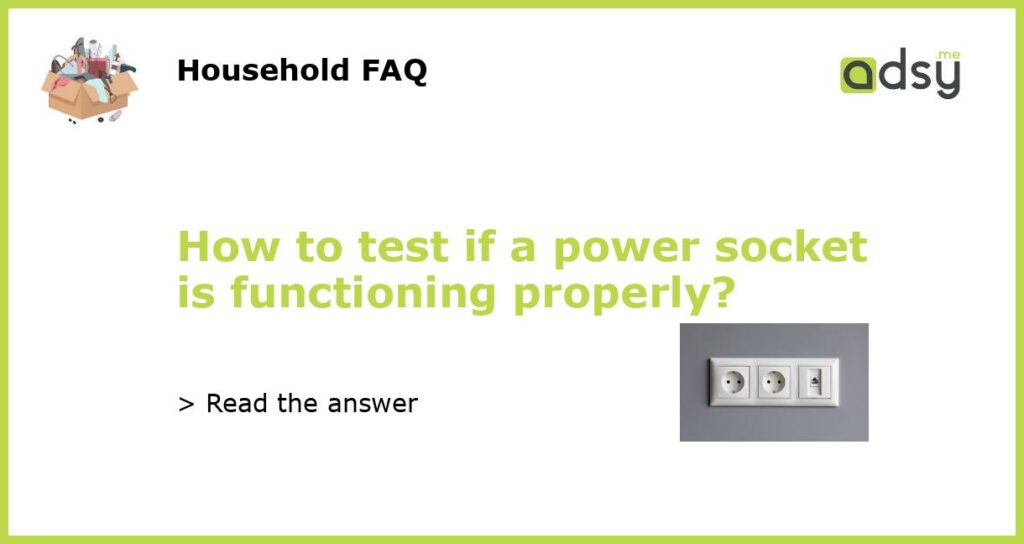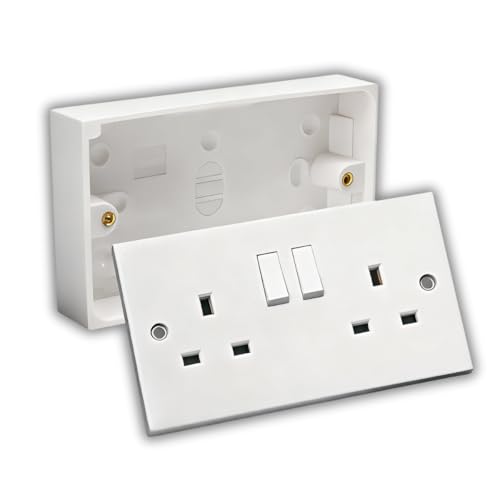Examining the Power Socket
When it comes to testing the functionality of a power socket, the first step is to physically examine the socket itself. Look for any visible signs of damage or any loose connections. Ensure that the socket is securely mounted to the wall and that there are no exposed wires or other hazards.
Using a Voltage Tester
A voltage tester is a handy tool that can be used to determine if a power socket is functioning properly. To perform the test, simply insert the two prongs of the tester into the socket. The tester will indicate whether or not there is an electrical current present. If the tester does not light up or make any noise, it is likely that there is an issue with the socket.
Testing with a Lamp or Small Appliance
Another way to test the functionality of a power socket is by plugging in a lamp or a small appliance. Ensure that the device is in good working condition and that it is compatible with the voltage of the socket. If the device does not turn on when plugged into the socket, it is a strong indicator that there is a problem with the socket.
Seeking Professional Assistance
If you have tried the above methods and are still unsure whether or not your power socket is functioning properly, it is best to seek professional assistance. An electrician will have the expertise and tools necessary to accurately test the socket and diagnose any issues. Attempting to fix electrical problems on your own can be dangerous and may result in further damage or injury.
Regular Maintenance and Inspections
Prevention is key when it comes to electrical safety. Regularly inspecting your power sockets and conducting routine maintenance can help to identify and address any potential issues before they become major problems. Keep an eye out for signs of wear and tear, such as frayed wires or loose connections, and address them promptly to ensure the continued functionality and safety of your power sockets.





![Tower Extension Lead, [13A 3250W] Surge Protector Extension Lead,8 AC Outlets & 4 USB Ports Multi Plug Socket Power Strip with 3M Extension Cable for Home, Office](https://m.media-amazon.com/images/I/41xEQjKqvJL.jpg)
